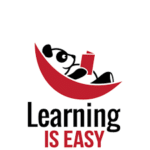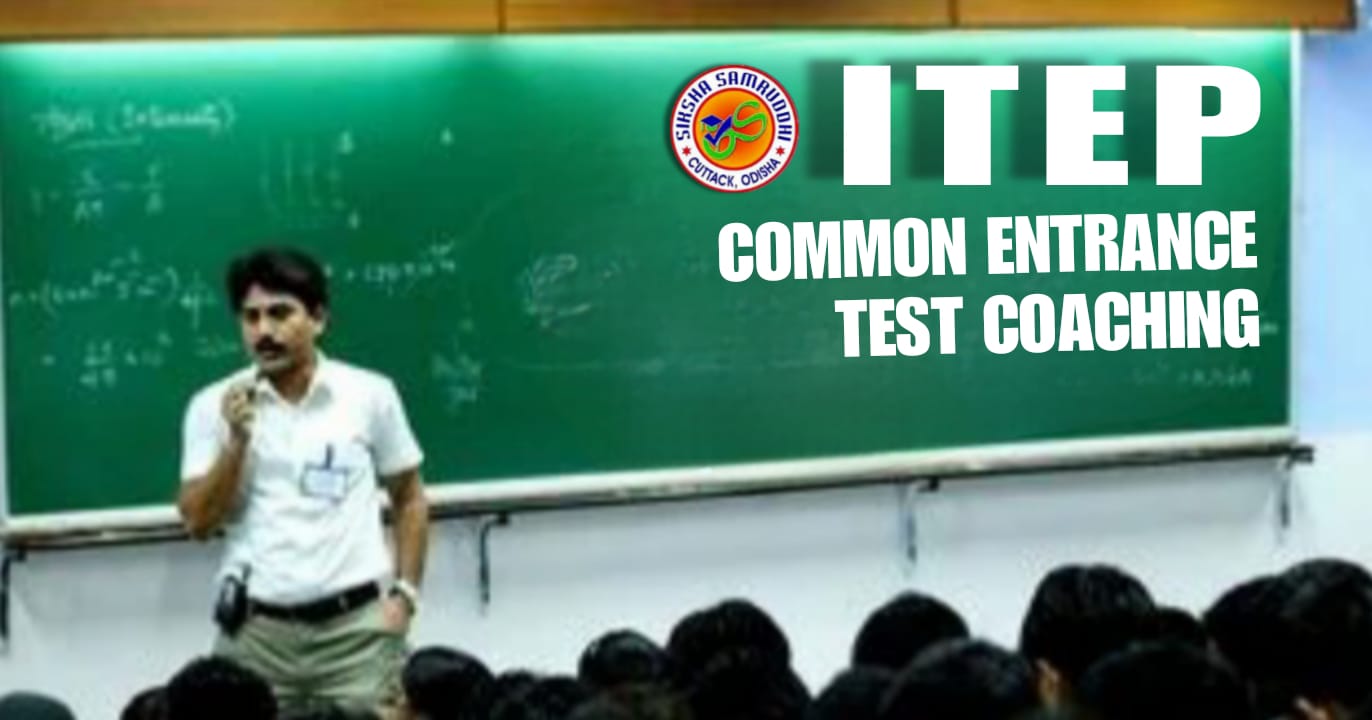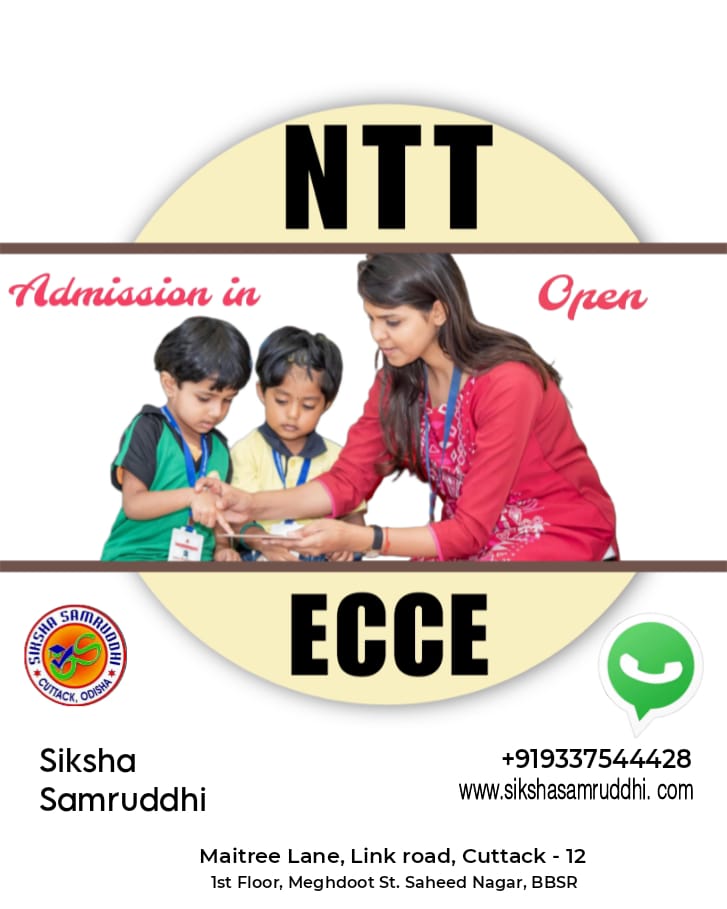“Are you listening?” “Where is your attention?” “Did you learn?” “Be attentive”, “Don’t so on and so forth. Or suddenly a sharp shot of a piece of chalk might have hit you surprisingly to alert you. These diction and declarations are just to ask you for an “active learning”
Active learning which a much-talked-issue is from generation to generation. Our family’s elders counsel, admonish, have used rhetoric and often rebuke for our passive attitude towards learning and seldom have applied corporal punishment for not doing active learning. Similarly, majority of us have regretted ourselves for not learning proactively.
A question comes to mind what is Active Learning? And how I become an active learner? What is the danger in Passive learning? How Passive Learning differs from Active learning?
Let’s know why and how learning has two different ways – Active Learning and Passive Learning.
“Passive learning” relies on examination, idle listening, and as a formal class disciplined, whereas Active learning emphasizes student engagement through learning by doing, interacting with the topics and chapters and with the mentors regarding the subject matters, didactic analysis on facts and figures, discussions, and critical thinking.
Active learning is a teaching approach, it’s not teacher centric rather student centric – it’s about empowering students to take ownership of their education and fostering a more engaging and personalized learning experience. where students are actively involved in the learning process, rather than passively receiving information. It encourages students to consider, discuss, analyze, solve problems, and create, just not listen to lectures only rather put questions on the topic and related current affairs. This method aims to deepen understanding, improve engagement, and endorse insightful and creative thinking skills.
Look, there is a plethora of topics, issues, events, programs, process, incidents and accidents those always follow us on our life walk to delve too. Besides, there is a row of formal education and learning system that teaches different subjects related to different aspects of our daily life and livelihood. We learn many things actively because of their interesting contents; that means – we show zeal, zest and 100 percent involvement proactively, we don’t fail to spot or neglect many things even if we are amidst numerous distracting factors.
Active Learning absolutely depends on Active Teaching approach that promotes each student for active listening, understanding and acquiring knowledge for further analysis and synthesis.
Here are few suggestions for our students’ teachers to practice and adopt Active self-teaching for Active Learning wherever they are – in class room, in public place, in job interviews, board room or in family matters.
The auto-suggestion or self- teaching is a priority in active learning process.
Adopt the following in your approach to teaching your target audience.
- Customize activities and content to talk to students’ specific learning needs and challenges.
- Give students choices in how they engage with the material and encourage them to take ownership of their learning.
- Incorporate activities that prompt students to assess their understanding and identify areas for improvement.
- Use a variety of interactive methods like group discussions, problem-solving exercises, case studies, imitation, and games.
- Design activities that encourage students to work together, share ideas, and learn from each other.
- Help students see the relevance of the material by relating it to real-life scenarios and practical applications.
- Provide opportunities for students to think critically about what they are learning and how it connects to their existing knowledge.
- Offer timely and specific feedback to help students understand their strengths and areas for improvement.
- Assess whether the active learning strategies are achieving the desired learning outcomes and make adjustments as needed.
- Ensure students understand the purpose of the activity, the instructions, and the expected outcomes.
- Offer guidance and support to help students navigate the activities and challenges they encounter.
- Plan the duration of activities and ensure that there is enough time for students to engage in meaningful learning.
- Encourage students to take risks, ask questions, and share their ideas without fear of judgment.
- Design activities that are accessible to all students and consider their diverse learning needs.
- Encourage positive interactions and collaboration among students to create a supportive learning environment







